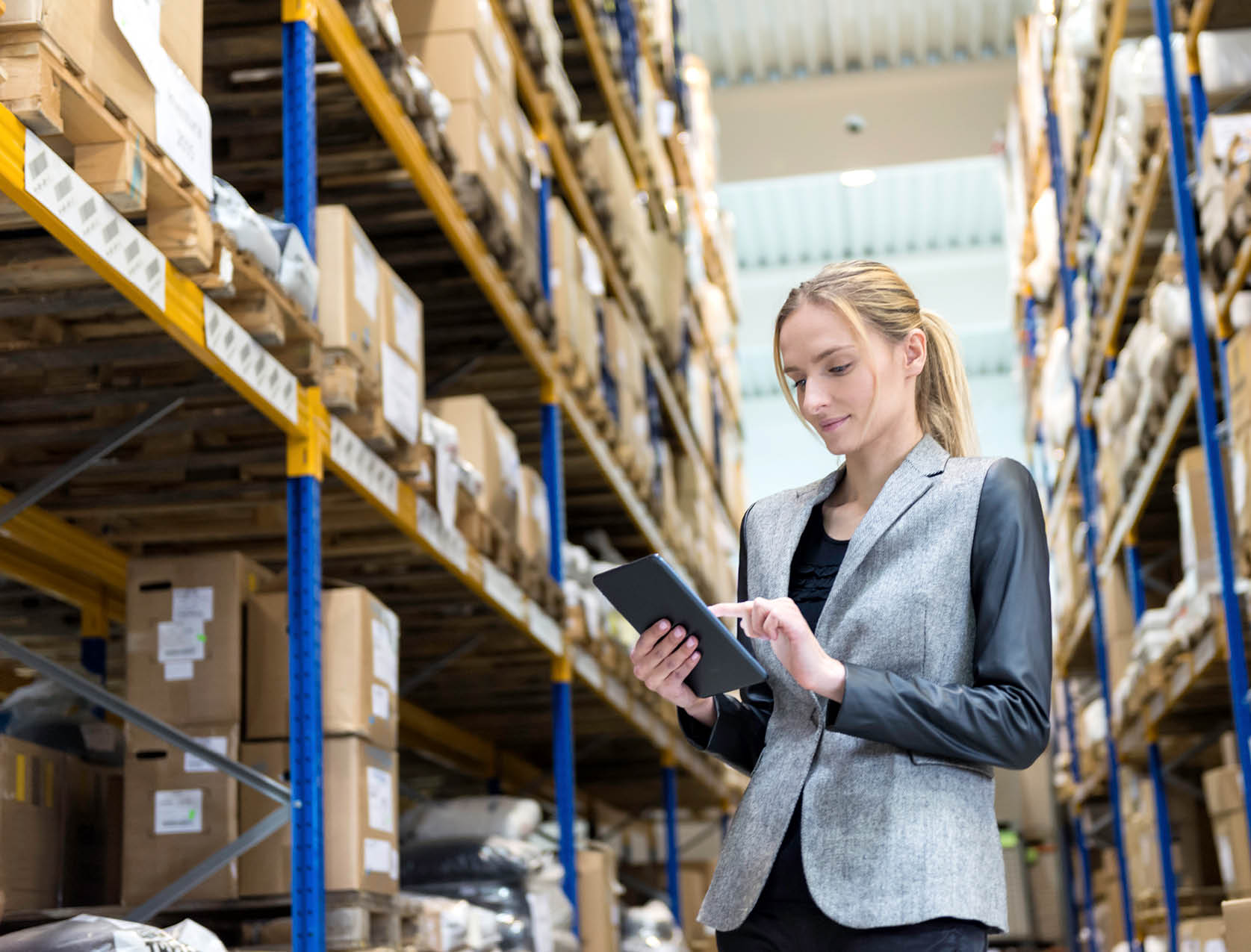5 predictions for accounts payable automation

Accounts payable automation is always in flux, as new tech wrestles with old habits, trends wither or grow, and world events dictate demand.
Predictions are tricky, so, but there are trends that have been pointing upwards in recent years and months, some of which have been exacerbated by recent events.
Here are some statistic-based predictions for the accounts payable automation. These will have an effect on both the accountancy industry and their clients.
1- The continued demise of paper invoices
Offices have become increasingly paperless in recent years, a practice that’s accelerated with cloud computing and automation.
The mix of paper and electronic is still a hassle to many businesses, big and small. A survey from Sapio Research and Wax Digital in 2018, found that “82% of finance departments are overwhelmed by the high numbers of invoices they are expected to process on a daily basis and the variety of formats they’re received in”.
The same survey found that manual invoice processing “accounts for over 30% of the AP team’s costs, and over 32% believe that these costs could be saved if invoice processing was automated.”
In other words, the appetite for automated invoicing is definitely there, even among businesses that haven’t embraced it yet.
2- Accountants taking on more consultancy
Right now, there are unprecedented opportunities for accounting consultants. This is because, with automation on the rise, accountants now have the time to analyze and advise. Automation can improve efficiency by 73%, freeing up a lot of working hours for accountants.
Don Plato, vice president at Robert Half Management Resources told The Journal of Accountancy: "It's a consultant's market.” And the numbers back him up: In the US, the Department of Labor's Bureau of Labor Statistics found that the unemployment rate for accountants and auditors was 1.7% in the third quarter of 2018, well below the national unemployment rate (at time of writing) of 3.7%.
The number of accountants adding consultancy to their services will only increase, as they’ll have more time to share their insights and knowledge with their clients.
3- Broader and deeper use of the cloud
If you’re not using cloud services right now, you’re in a tiny minority - over 90% of organizations currently use cloud services. And IT spend on cloud services is expected to grow exponentially - 100% spend growth over three years, according to a 2018 survey.
The applications of cloud computing are immense, from file storage to big data analytics to security and, of course, automation. Many, if not most, of these applications will have a bearing on the accounts industry.
The tipping point for the cloud was arguably its presence in smart phones: once a product enters the hands of consumers, it’s easier for its use to accelerate in the business world as everyday people understand how it works.
4- Greater and smarter use of data
One of the fastest growing labour skills is data. This shouldn’t be a surprise, as these analysts will be needed to harness all that data we’re creating and accumulating. Over 150 zettabytes (150 trillion gigabytes) will need analyzing by 2025 (reports Forbes).
Ease of access to data is one reason why businesses are adding automation to payable processes. In fact, 44% of businesses are looking to do so, citing efficiency, cost-cutting and access to data.
Data is arguably the most valuable resource on Earth right now. The most profitable companies in the world right now (Google and Facebook) are in the data business, accumulating, analyzing and using it to reach precise demographics at the perfect time. But even outside of marketing, it can also be used to automatically scan your bills to find cheaper vendors, predict market trends and much more.
5- Accounts software increasingly used as a remote working aid
Many accounts payable jobs are perfectly suited to remote working, as recent months have shown. And it’s no surprise that remote working is soaring in the wake of coronavirus. Even before the pandemic, remote working in the US almost tripled between 2005 and 2018 (173% jump, according to Global Workplace Analytics).
Software as a Service (SaaS) and especially accountancy software will play a big part of that. Our own software ensures less handling of receipts and fewer in-person interactions between accountants and their clients (as AutoEntry allows uploading of paper documents and automatic filing).
Automation – the best colleague you haven’t met
As the inevitable tide of automation approaches, it’s important to remember that these tools will make many lives easier. Automation, for accounts and for small businesses, are enabling remote work, taking some of the drudgery out of admin and making your business smarter.
If you’d like to know more, an AutoEntry free trial is a good place to start.
An intro to data entry automation
Our free guide explains how you can harness digitisation to save time and improve productivity.

-2.png)
.png)